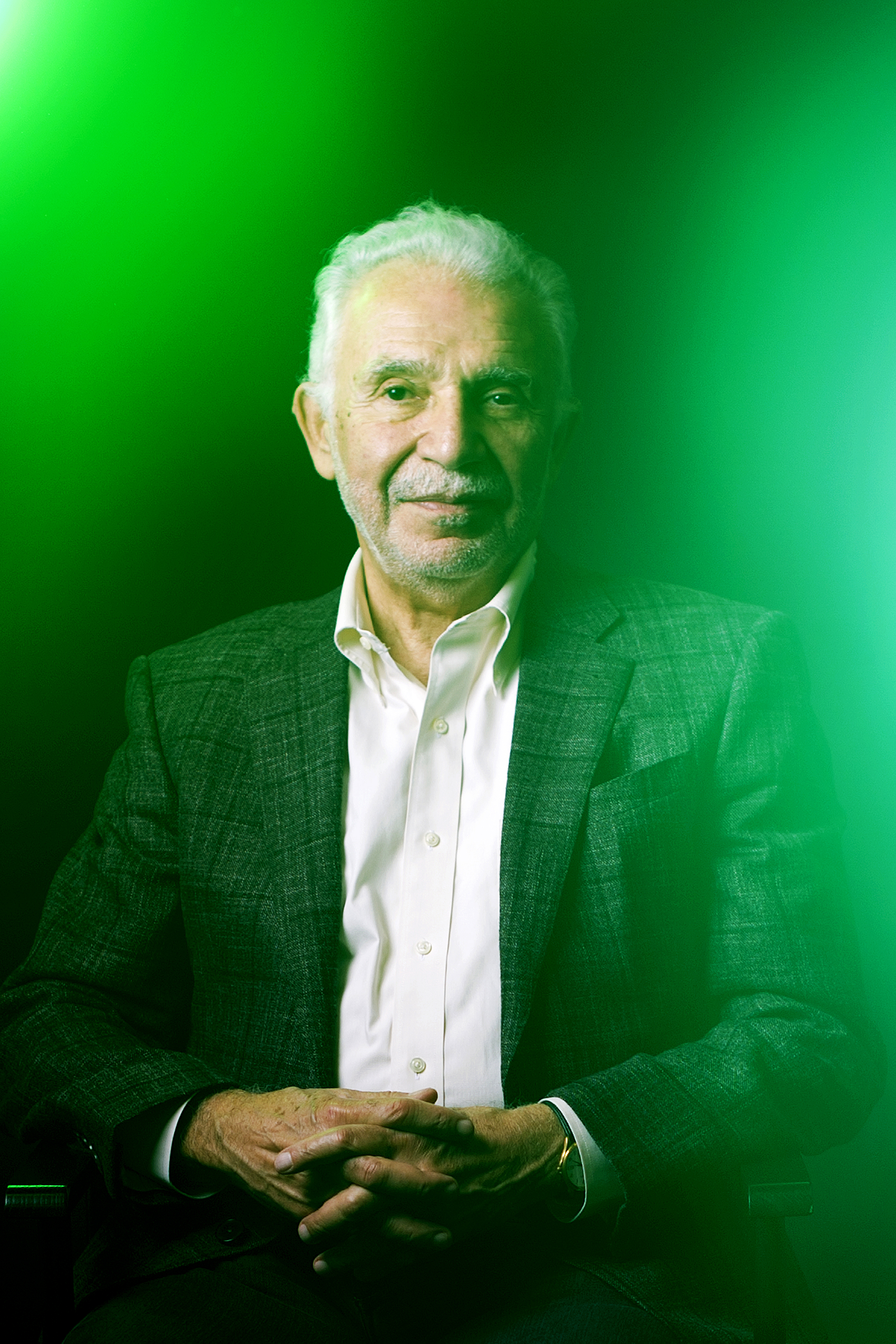Can the opioid crisis be fixed?

Top minds in drug abuse research converged at Northeastern to bring their best science to bear on the national opioid crisis, a public health emergency that has led to the death of tens of thousands of people with no definitive signs of a fix on the horizon.
An interdisciplinary group of more than 200 people—including academics in the fields of chemistry and biology, industry experts from the medical and biotech communities, and representatives from large corporations and small startups—came together for the third annual Chemistry and Pharmacology of Drug Abuse Conference on Thursday and Friday.
Presenters said that they are applying medicinal chemistry and pharmacology to design safer, non-addictive pain drugs, improve overdose-rescue drugs like naloxone, understand the drug-addicted body, and find more effective addiction treatment therapies for drugs such as cocaine.
The two-day conference, which was hosted by the Center for Drug Discovery at Northeastern and supported in part by the National Institute on Drug Abuse, covered an ambitious swath of solutions. Scientists discussed tools that enable faster and more targeted drug discovery, proposed vaccines for heroin and fentanyl, and reported on their use of gene mapping to understand how opioid addiction can be inherited in individuals.
Researchers also examined how the gut—not the brain alone—may contribute to addiction mechanisms in the body and highlighted therapeutics that might mitigate the threats posed by carfentanil, a deadly derivative of fentanyl. Used to tranquilize elephants, carfentanil is 100 times more deadly than fentanyl, prompting the drug enforcement administration to call it a public threat, especially to the law enforcement encountering it in overdose cases.
“The Center for Drug Discovery has really stepped forward on addiction research. It’s such an important issue,” said James C.Bean, provost and senior vice president for academic affairs for Northeastern. The university conducts “use-inspired” research in several health areas, he said, including aging, chemical imaging, and drug development. The most successful of these, Bean said, has been in drug development.
The conference comes on the heels of recent developments in the opioid crisis at the state level. Just this week, the state legislature sent a bill to Governor Charlie Baker’s desk that would expand access to medication-assisted addiction treatments, look at use of supervised injection sites, and phase out paper pharmaceutical prescriptions.

Alexandros Makriyannis is the director of the Center for Drug Discovery at Northeastern. Photo by Matthew Modoono/Northeastern University
But much work remains to be done. Bertha Madras, a professor psychobiology at Harvard Medical School, said the United States, which now leads the world in opioid-related deaths, prescribes five times more prescription opioids than any other country.
Madras noted that abuse of prescription opiates, along with the illicit use of heroin and fentanyl, has led to as many as 72,000 opioid-related deaths last year alone, up from 64,000 in 2016.
“And most of the American public doesn’t know how this began,” said Madras, who directs the Laboratory of Addiction Neurobiology at McLean Hospital.
Madras, who is also part of the team working on the President’s Commission on Combating Drug Addiction and the Opioid Crisis, points to “generational” forgetting as one contributing reason for the current crisis.
The United States battled rampant opioid addiction once before, in the 1800s, and mostly in female patients. “We forgot that opioids are highly addictive,” she said. This made it easier for doctors and hospitals to be pressured by the pharmaceutical industry to adopt opiates for pain management in patients. Soon thereafter, heroin, and more recently fentanyl, re-emerged on the street. “It’s a lethal storm—and that storm is a typhoon.”
Conference organizers said the point was to convene experts from disparate fields. “We were encouraged by the National Institute on Drug Abuse to start a special type of conference for addiction research,” said Alexandros Makriyannis, the director of Northeastern’s Center for Drug Discovery.
Makriyannis has been at the forefront of addiction research for decades, particularly in the understanding of cannabinoid receptors in the brain. His work is helping guide development of more targeted medications for a host of conditions, including addiction, of which Makriyannis said, “we’re coming to the realization as a society that addiction is a disease that can be cured.”
The keynote speaker of this year’s conference was Brian Kobilka, who won the 2012 Nobel Prize in Chemistry. He is a leader in the field of drug development for his discoveries in G protein-coupled receptors, the main class of drug targets for the pharmaceutical industry today, including the opioid receptors in the brain that govern addiction. Kobilka noted that he, too, benefited from the conference, which gave him access to insights from his peers in other disciplines whom he wouldn’t otherwise see.
“Each year, this meeting is getting more and more successful,” Rapaka said. “And it’s allowing young scientists access to high caliber research.”





